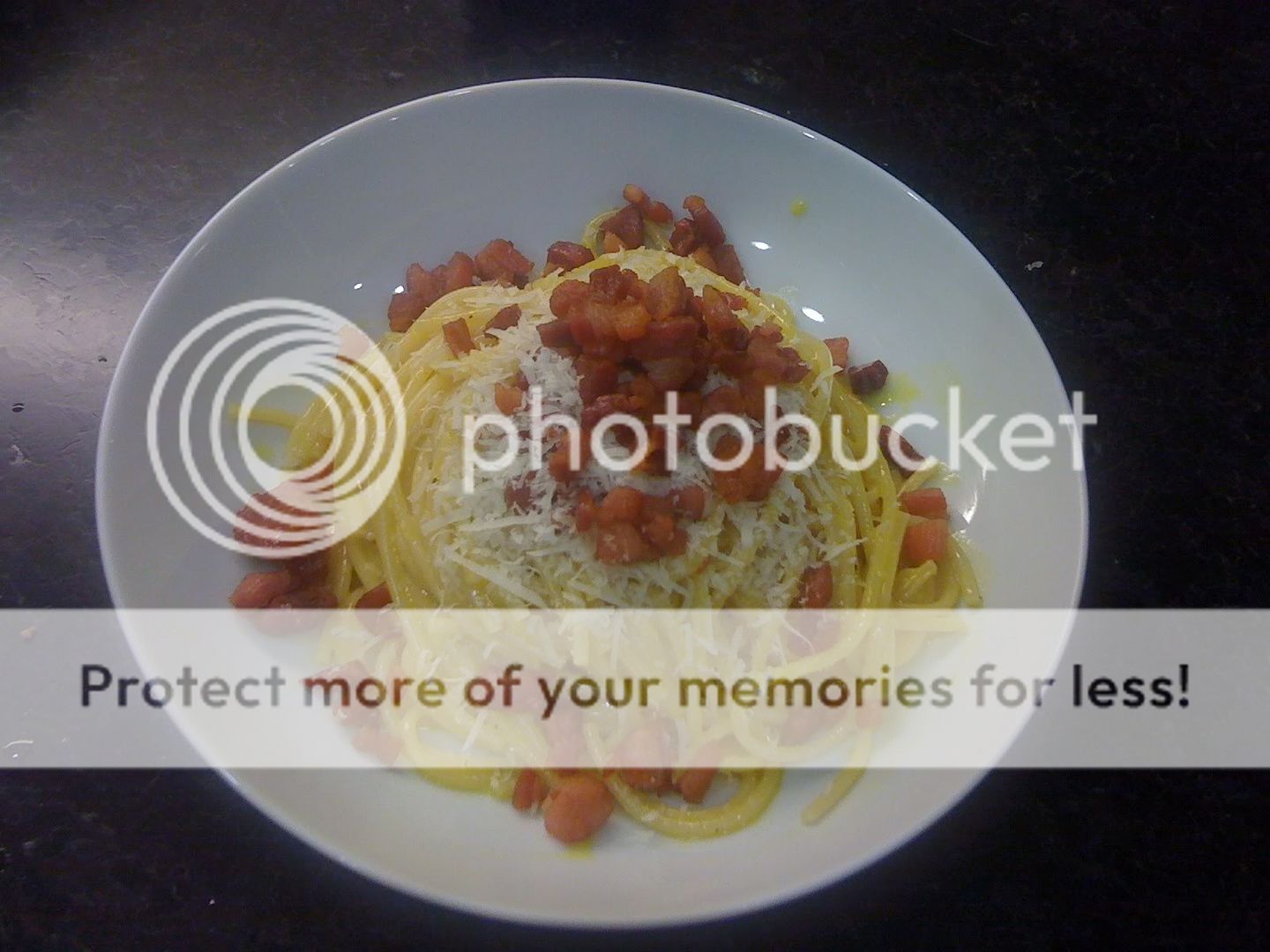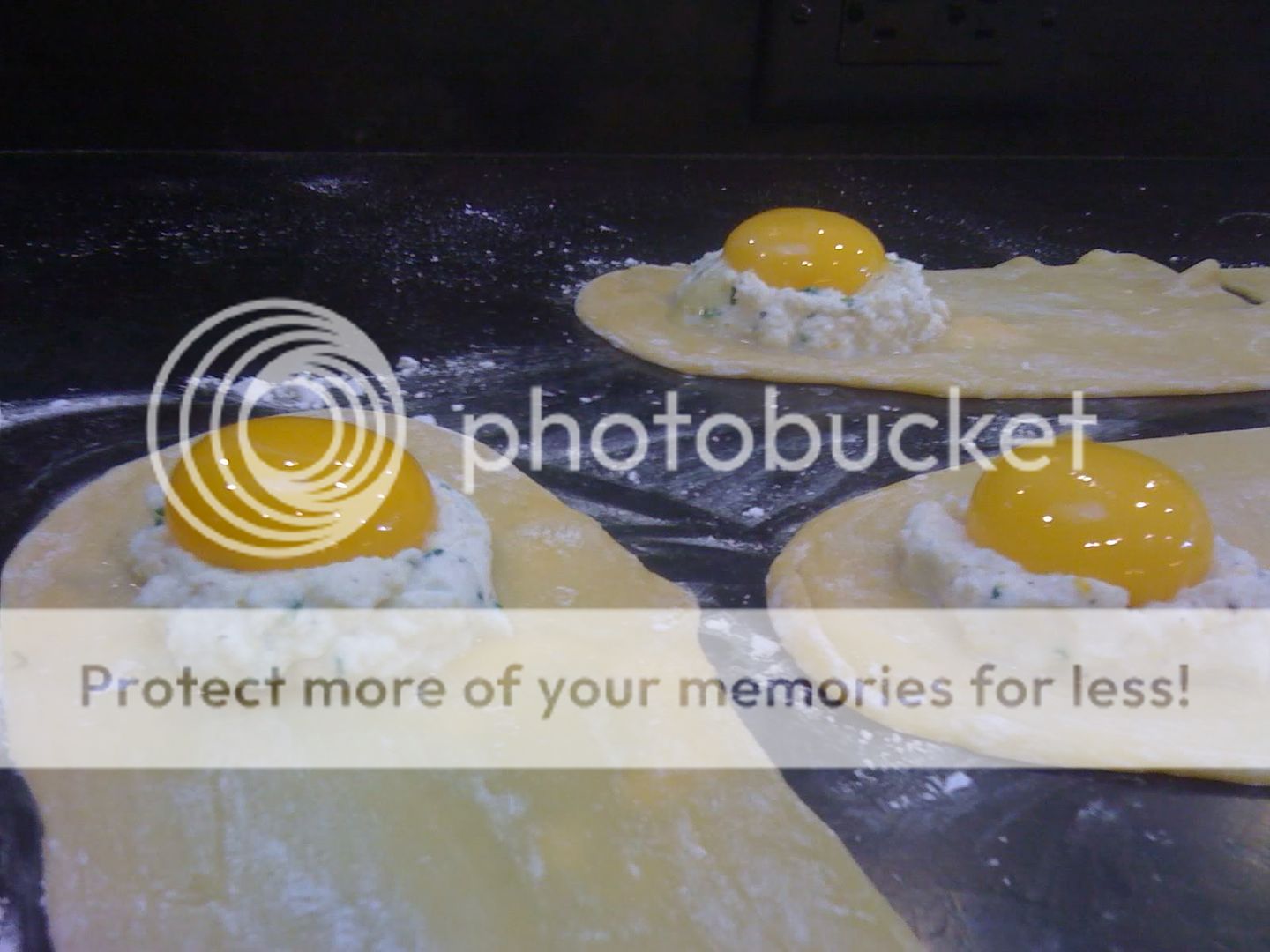Many "food blogs" feature serious photography and insight from professionals. I'm neither a photographer or professional chef. I'm just a guy who likes to cook and likes to share what Ive learned with others. All of my food photos are simply taken with my iPhone using available light in my kitchen. So you are seeing exactly what comes out of my kitchen as opposed to lush, artfully composed pictures. The point is that I want to show you what you can do not what experienced pro's can do. Get in your kitchen and cook. It's better for you and for your family in terms of your health and time spent together. That said, the following is my first food post on my "not really a food blog"
Pasta is a truly transformative thing. It is the stuff of a million bachelor meals - simply made with dried, store-bought pasta noodles and sauce from a jar. Don’t scoff, you’ve done it, I’ve done it and when you are trying to go easy on the cash to save up for this weekend’s skiing or mountain biking trip it’s a necessity. Cheap eats.
That same simplicity though can yield absolutely glorious, meals (or courses) borne of a few quality ingredients providing luxurious textures and bright, clean flavors. The first element of making the leap from “cheap” to brilliant yet still inexpensive is home made pasta.
Pasta Carbonara. One of our favorites.
Not many people do it. I didn’t either for the longest time. I believed, as you probably do…or did that it took too much time and that I could simply buy a higher quality of store bought pasta and arrive at the same result. If you aren’t making your own pasta you’ll never know the difference, but once you do, it makes it awfully hard to go back to the dry stuff in the box….no matter how expensive that box is.
There are probably as many ways to make pasta as there are Grandmothers in Italy. But the common thread between them is hitting an appropriate combination of eggs and flour. Some recipes call for oil as an ingredient as well. I’ve found that if you hit the egg/flour quantities right you just don’t need it.
I routinely use two different recipes for my pasta dough. The first is what I use for my extruded pastas. The ones where I utilize the pasta attachment on my Kitchen Aid stand mixer to make any number of different noodle shapes. This particular formulation yields a more substantial dough that seems to hold up better to the mechanical kneading of the extrusion screw in the pasta maker and I find it has a more “toothy” texture that lends itself better to the more rustic sauces I prefer. It’s the easier of the two recipes I use as well. The yield is appropriate to serve four, or two plus a couple of lunches the next day.
Basic Pasta Dough
- 3.5 cups 0000 flour
- 5 large eggs
That’s it. I prefer to use the 0000 flour over “all-purpose” because I like the texture. But don’t let the extra expense or difficulty in locating it stop you from making your own pasta. Use the all-purpose stuff. It’ll be fine, and still a thousand times better than store bought dry pasta.
You start by pouring out your flour into a mound on your countertop (if it’s flat) or a very large cutting board or cutting mat. In the center of the mound form a well all the way down to the surface beneath. Crack your eggs into a bowl, beat them with a fork then pour them into the well. The next step is the only tricky bit. Using a fork begin stirring the eggs and periodically hook a bit of the flour from the edge of the well with your fork and begin combining it into the eggs. Be careful not to break entirely through the edge of your mound thus spilling your eggs all over the counter…messy. Once the eggs and flour have begun to come together you’ll still have a bit of flour on the perimeter and a gob of dough in the center. Drop the fork and get your hands dirty. Scoop it all together and begin kneading the dough until the flour is combined and you have a consistently moist ball of dough. Ten minutes or so should do it. Pour a bit of olive oil on your hands and coat the surface of the dough with the oil, wrap it tightly in cling wrap and toss it in the fridge to rest a while.
That’s all there is to it. With this dough you can make all manner of pasta using a stand mixer attachment, a pasta rolling machine, or even rolling it and cutting by hand. Toss your noodles in a light dusting of flour once you’ve cut them to keep them from sticking.
The second pasta recipe I use is slightly more precise. Requires a bit more thought, but yields a brilliant, silky texture that I think lends itself better to ravioli. In this case I use 3 parts flour to 2 parts eggs BY WEIGHT. That bit is critical!
Crack 3-5 eggs into the bowl of your kitchen scale then add the appropriate amount of flour to hit the right total weight.
The last time I used this pasta my wife and I made some spectacular egg-yolk ravioli.
Once you’ve measured out the appropriate amounts of flour and eggs combine them with a fork right in the bowl then transfer to your flour dusted counter-top to knead. Oil, wrap and pop it in the fridge to chill. While your dough is chilling make your ravioli filling.
Ravioli filling
- 1c Ricotta
- Citrus zest
- Black pepper
- Chives
- Kosher salt
Combine the above in quantities that suit your taste and chill. Then separate 2-3 egg yolks per person into a stainless bowl and put that in the fridge as well.
While those are in the chill, roll out your pasta dough into thin sheets in sufficient quantity to make 2-3 ravioli per person. These things are rich. You won’t want more than that. How much pasta per ravioli you ask? I usually make each sheet of pasta about 2x the size of my open hand. This ensures I have enough to work with and I can always trim off the excess. Dust the dough with a bit of flour then place a tablespoon or so of your filing on top and form a little well with your thumb to support a yolk. Carefully remove a yolk from the bowl and place on the filling like so.
Then put an additional pinch of the filling on top of the yolk (not pictured…sorry) to protect it from the dough that will be on top. Use your finger to moisten the dough around your ravioli filling with some water then carefully lift the free end of the pasta over the filling and VERY GENTLY cover the filling leaving as little airspace as possible. Trim off any excess dough and repeat until you have 2-3 ravioli per person.
I boiled mine gently for about 3min, just enough to cook the pasta and not the yolk and served them with brown butter and fried sage.
This dish would cost you ~$18ea in a high-end Italian restaurant compared to a dozen eggs, a few cups of flour and a stick of butter. Why wouldn't you do this?



I think your pictures are amazing and just as effective as a professional. Congratulations on a great post!
ReplyDelete